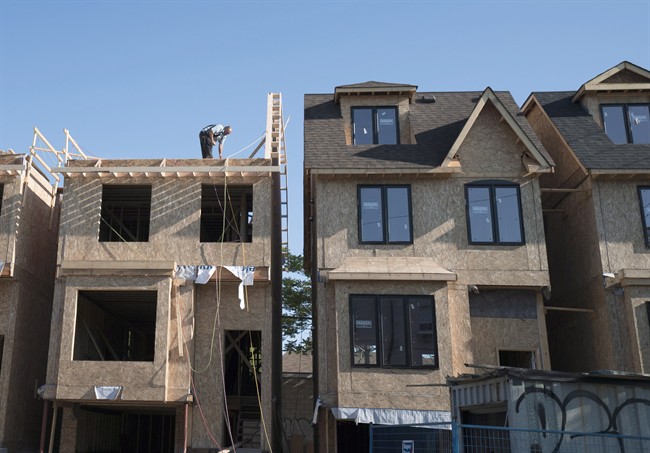TORONTO – The Ontario government plans to strengthen its anti-sprawl policies by making southern municipalities add most new homes to already developed areas and requiring projects on undeveloped land to accommodate more people and jobs.

The province, however, is giving municipalities until 2031 to meet the new, tougher targets set out in its updated growth plan for the Greater Golden Horseshoe region, which stretches from the Niagara Region to Peterborough, Ont.
READ MORE: Ontario government says anti-sprawl restrictions not a factor in housing shortage
Under the plan, 60 per cent of new residential development will take place in existing neighbourhoods. Municipalities will have to meet a target of 50 per cent by 2022, up from 40 per cent today.
Development of vacant land will have to accommodate 80 residents and jobs combined per hectare by 2031, up from 50 today, with 60 residents and jobs by 2022. There will be higher density targets around GO stations, light rail and bus rapid transit and subway stations.
READ MORE: Ontario housing affordability measures will be in spring budget: finance minister
The province’s growth plan has been facing some criticism, especially from building industry groups that suggest it has contributed to soaring home prices in the Greater Toronto and Hamilton Area. They argue that it prevents them from building more detached homes and townhomes that would ease some of the pressure on the housing market.
Proponents of the plan say it creates walkable communities that can be well-served by transit, and protects agricultural and ecologically sensitive land.




Comments